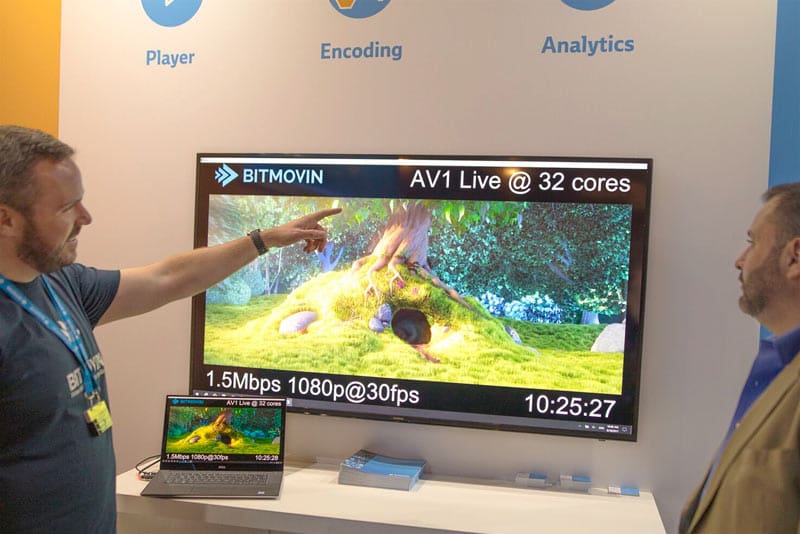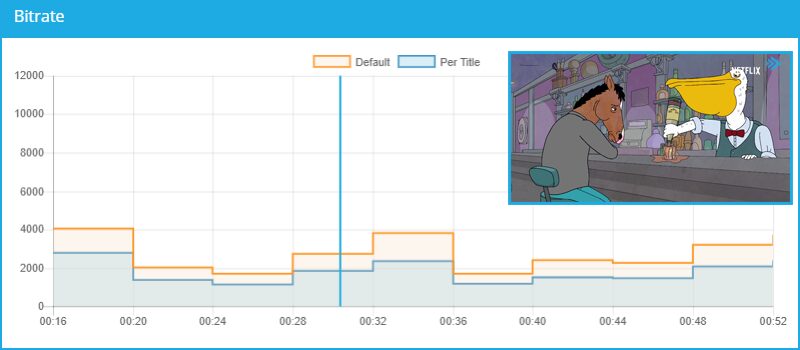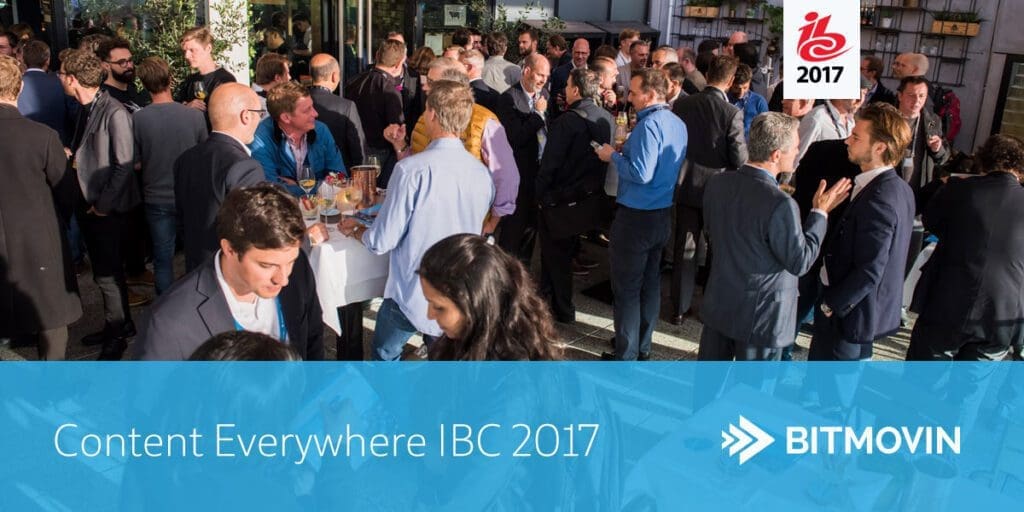The Content Everywhere Hall is where you can find the engines that drive the video industry. Here’s a look back at what we saw in Hall 14 and what people were asking for at the Bitmovin stand.
IBC 2017 was an enormous event with some truly mind blowing technology on display. 14 halls, chock-full of the latest in entertainment, media and electronics ranging from the worlds most human-like robot to a paper thin 8K television screen that you can roll up and put in your pocket.
In our particular part of the video ecosystem, the Content Everywhere Hall, there was a visible increase in the number of visitors from previous years, which fits with the general trends that we have observed in 2017. As broadcasters and content providers work through the myriad of video delivery problems created by a rapidly changing environment, we see more and more of them moving toward flexible software defined solutions. The ability to adapt quickly to change in order to take advantage of opportunities and to ensure that their platforms stay up to date with the latest features, is becoming a priority for most engineers.
As it does every year, IBC gave us a wonderful opportunity for an up close look at our customers, partners and competitors alike. In an industry that is as dynamic as video, that means a lot of new technology, new products, new solutions and a chance to exchange ideas with the other developers at the forefront of our industry.
As always we arrived at IBC with a bag full of demonstrations and a strong team of solutions architects ready to put our latest products and features on display. The most popular theme this year seemed to be optimization. The feeling amongst our team was that the industry has moved beyond simply being excited that they can play video everywhere and anywhere. This is now expected. Now the goal for established content providers is to optimize the business model, and while advertising revenue is still a prominent theme, it was the potential cost savings in better utilizing codecs and improving workflows that seemed to be top of mind for many development teams. Below is a brief summary of some of the more commonly requested demonstrations from the Bitmovin stand at IBC 2017.
AV1 on Firefox with a 7x improvement in efficiency
AV1 is still a hot topic, and we were excited by the number of people who came to our booth just to see the demo. Despite the uncertainty around the exact date of the AV1 code freeze, we are in no doubt that this codec will be a major change in the game for many of our customers, which is why bringing it to a commercially viable offering continues to be a high priority for us. With that in mind, we demonstrated two significant achievements at IBC 2017. (Download our AV1 Datasheet)

The first was a significant improvement in encoding efficiency. Our original AV1 live stream required over 200 cores to deliver. Since then we have optimized the workflow and have it down to “just” 32 cores. There is still work to do, but this 7x improvement in efficiency has shown us that our end goal is definitely achievable.
The second big step was achieved with help from the Mozilla team. Our first demonstration ran on a player that was custom built for the purpose. This time we used our own Bitmovin Player, and delivered video directly into the Firefox browser. Both of these achievements are significant steps towards making AV1 a commercial reality. (Watch our Webinar: An Introduction to AV1)
Bandwidth savings to reduce CDN costs and improve quality
Now that most of us are reliably delivering high quality experiences to every device, it is relatively straight forward for our developers to keep our customer’s customers happy. Much of the focus has moved to reducing operational costs, while maintaining the same Quality of Experience (QoE). One of the obvious targets for cost cutting is bandwidth usage.
Per Title Encoding
Per Title Encoding is an extra step in the encoding process, where each video asset is passed through a complexity analysis to determine the bitrate level required to deliver the video at an acceptable visual quality. The data from the analysis is passed to the encoders configuration, which then adjusts the bitrate ladder before the encoding process begins. In many cases this will result in a significantly smaller bitrate in the final encoding, which translates directly into bandwidth savings, and a smaller CDN bill. This can be especially effective in videos with limited colour and tone variations, such as cartoons. Conversely, you could also use the same process to increase the bitrate ladder to maintain quality in more complex videos like sports streams.

Per Title Encoding Workflow

Multi Codec Streaming
Another option to reduce bandwidth usage is by dynamically adjusting the codec that you stream based on each user’s device. By encoding HEVC and VP9 in addition to H.264, you can ensure that you are streaming the lowest bitrate possible at all times. VP9 will be streamed to Firefox and Chrome users, while HEVC will be streamed to Safari and Edge users. This technique can save up to 50% on your bandwidth usage, so it’s no surprise that it was a hot topic at IBC.

Unified Video Players
Another pain point with many of our visitors was the difficulty in maintaining multiple players. This is usually because a number of applications are running on a number of different platforms, each one requiring a different player solution. Mobile apps running on iOS and Android are common examples, but smart TVs and Set Top Boxes are also common. Our recently released native SDKs offer a single, unified player configuration and API across all platforms, which greatly reduces the work required to maintain a consistent user experience across all of your applications. This delivers a significant reduction in integration and maintenance time.

Social events
Happily IBC 2017 was not all work and no play. Bitmovin continued a proud tradition of contributing to the fun, and sponsored three cool parties at IBC. The first was on Friday night in combination with Fastly, Vigour and Peer5 where we enjoyed some incredible Hors d’oeuvres and had a chance to release our Video Developer Report for the first time. Saturday evening we hosted a happy hour at our booth with the help of our partners Irdeto and on Sunday we continued our tradition of supporting the DASH Industry Forum as a gold sponsor at their regular reception.

Our newly published Video Developer Survey was a big hit at every event. It contains some interesting insights into current technology usage as well as planned usage moving into 2018, and reveals quite a few surprising trends. If you didn’t have a chance to read our video developer report, you can still get a digital copy by clicking the button below.





